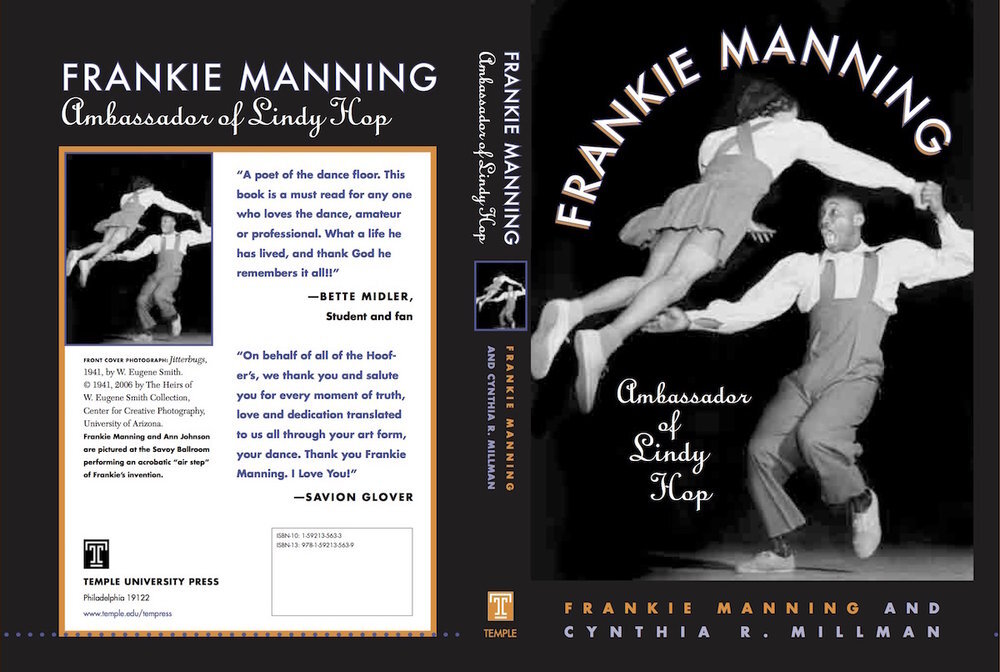Lindy Hoppers: Frankie Manning's Autobiography is Required Reading
/Tomorrow is the last day of Black History Month, so how and when we pay to Black culture and Black art is front of mind for me. For those of you who consider yourselves lindy hoppers, I wonder how many of you have read Frankie Manning: Ambassador of Lindy Hop? My guess is that there are many who have not.
I'm going to say that if you call yourself a lindy hopper and you haven't read Frankie’s book, you need to get on that. (Assuming it's available in the language you read, which is increasingly likely.) It’s a sweet and fun tale of one man’s journey from a young boy in Harlem peeking in on rent parties to internationally acclaimed, Tony-award winning artist.
There are of course other important works about lindy hop and swing culture that you should also check out -- Norma Miller's wonderful biography Swingin at the Savoy, Jazz Dance : The Story of American Vernacular Dance by Marshall Winslow Stearns, and Swing Dancing (The American Dance Floor) by Tamara and Erin Stevens come to mind.
But Frankie’s autobiography is the easiest entry point into exploring the Black roots of lindy hop. And let’s be real: if you can’t be bothered to learn about the African American pioneers who created this dance, then that is a form of cultural appropriation. That’s benefiting from the culture of a marginalized people without honoring where it came from. Don’t be that person.
Click here to purchase it from Amazon. If you don't have the funds, check your local library or swing school or your friends. I'm sure you can scare up a copy. But make it a priority, if you haven't read it yet.





